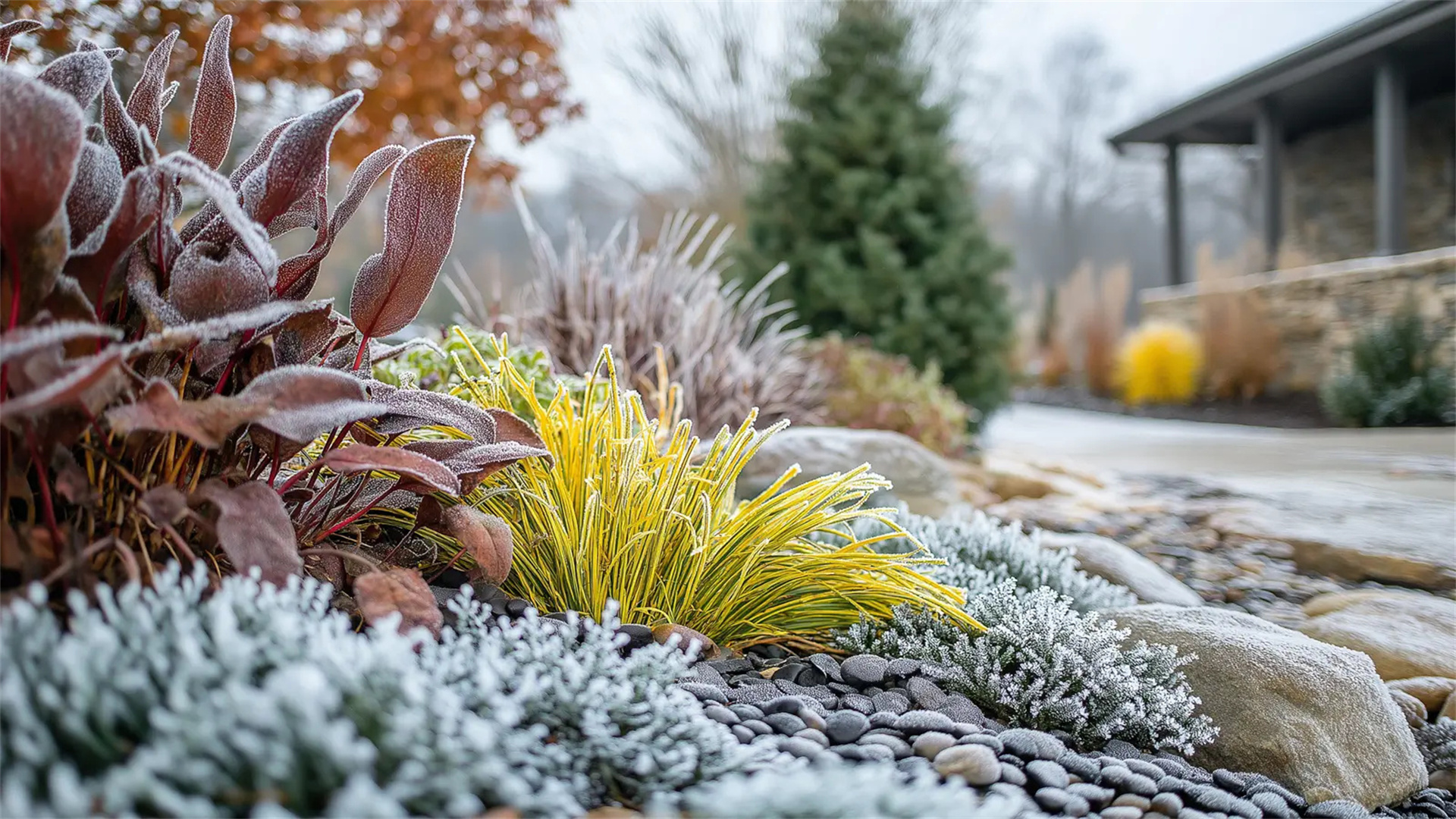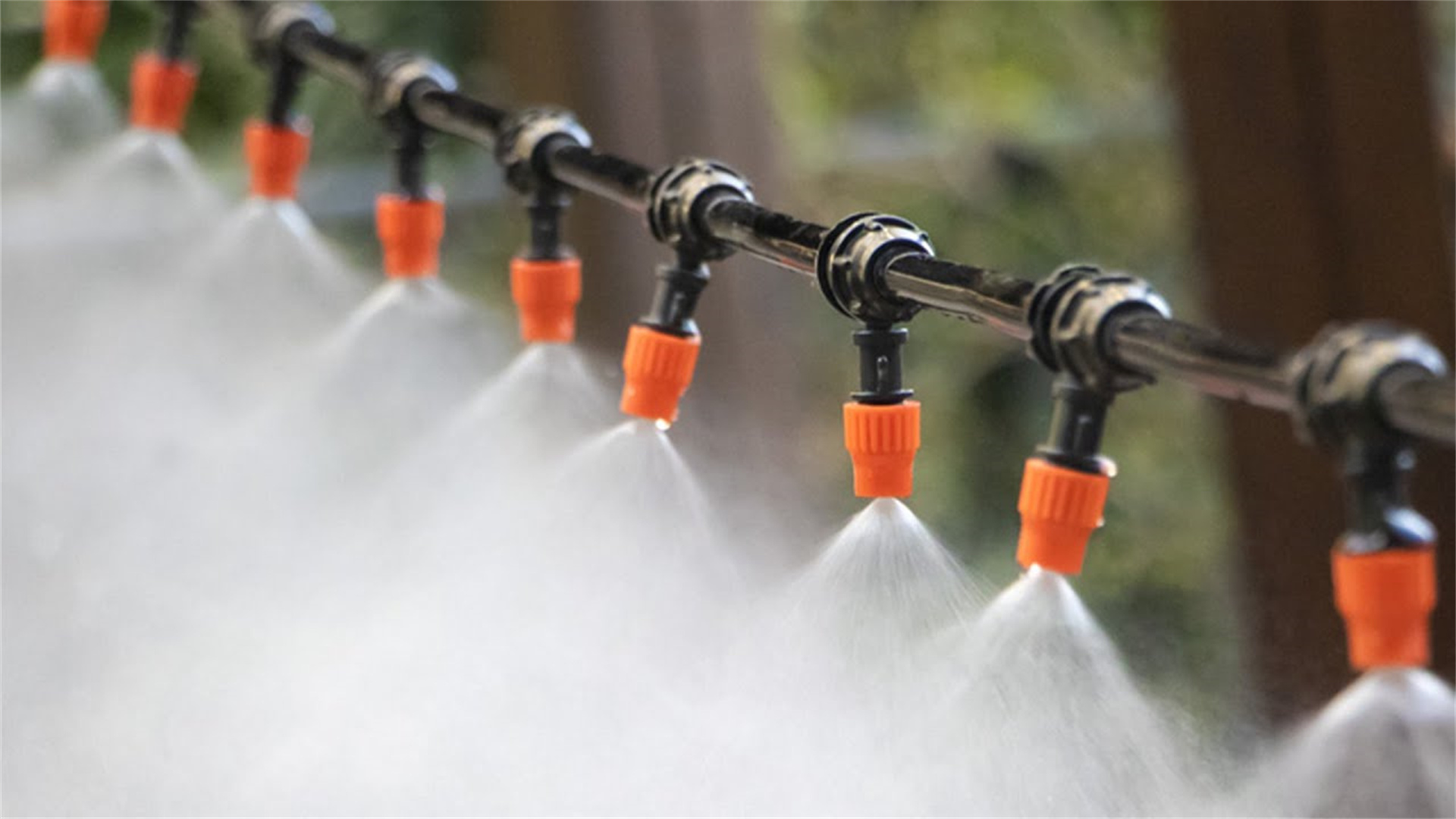Enjoy Fresh Green Vegetables All Winter Long: 10 Hardy Varieties That Thrive in the Cold
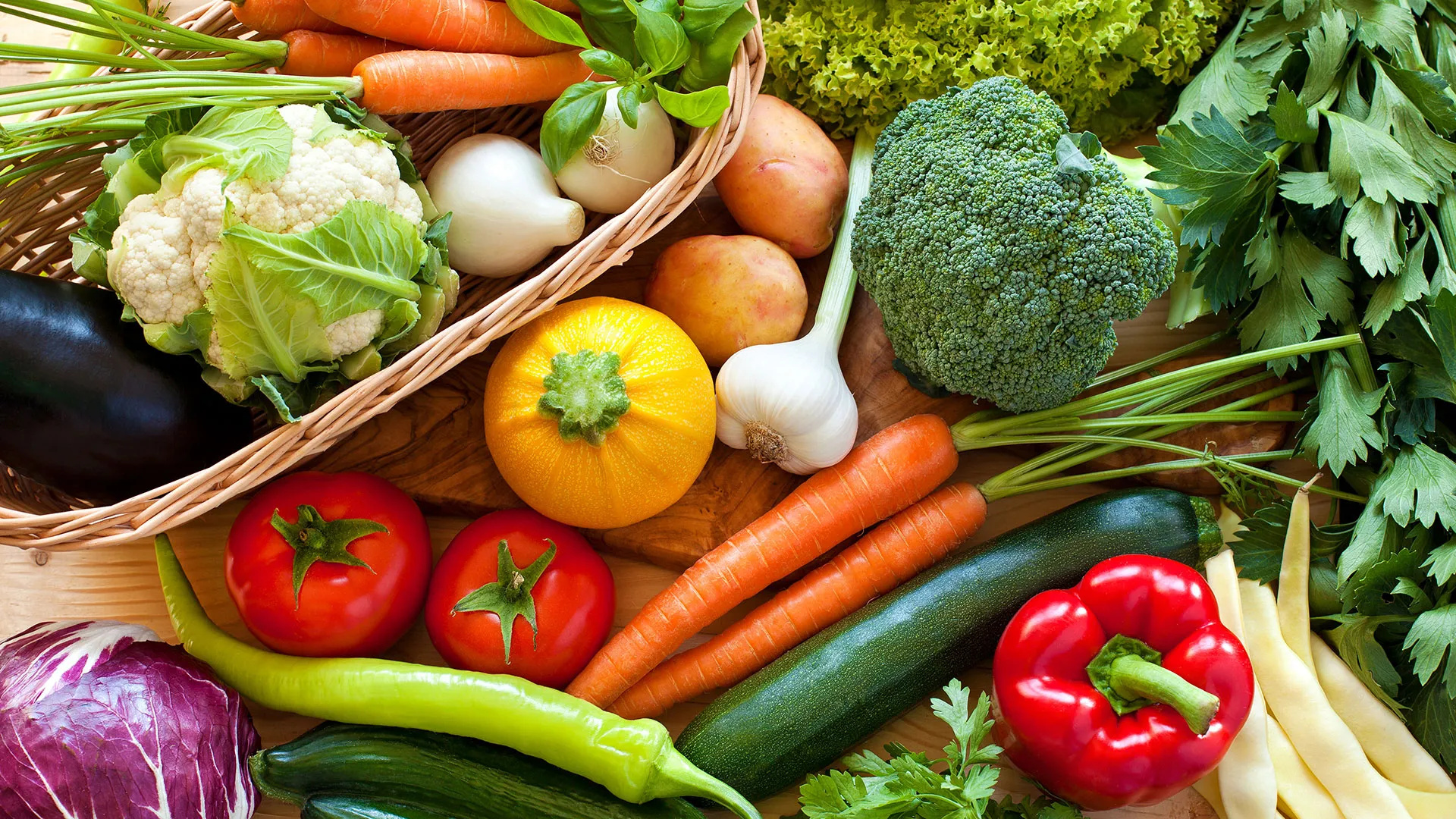
Winter doesn’t have to mean the end of fresh, homegrown produce. In fact, some of the most flavorful and nutritious vegetables actually thrive in chilly weather. With a bit of preparation, you can extend your growing season well beyond autumn and enjoy crisp, vibrant greens straight from your backyard, even as frost covers the ground.
Whether you live in a northern region where snow is common or in a mild southern climate, there are plenty of cold-hardy vegetables that can survive — and even flourish — during winter’s cold months. Many of these vegetables develop a sweeter, richer taste after being touched by frost because the cold encourages them to convert starches into natural sugars.
With thoughtful planting and a touch of care, your garden can stay alive and productive all winter long. Below are 10 hardy vegetables that promise a steady supply of freshness, flavor, and color to brighten your winter table.

1. Carrots — Sweet and Crunchy Winter Delights
Carrots are one of the most rewarding vegetables for cool-season growing. When grown during fall and early winter, these orange roots become noticeably sweeter — the chill prompts them to store extra sugars as natural antifreeze.
To grow carrots for winter harvest, sow them in late summer or early fall and cover the soil with a thick blanket of straw or mulch as temperatures drop. This insulation prevents the ground from freezing solid and keeps your carrots fresh and crisp underground for months. You can simply pull them out as needed — it’s like having nature’s own refrigerator right in your garden.
Carrots thrive in USDA Zones 3 to 10, preferring full sunlight and loose, well-drained soil. The roots typically grow about 12 inches deep and can be harvested until early winter. Try using cold frames or low tunnels for an extended harvest, ensuring you have homegrown carrots for soups, stews, and roasts well into the coldest days.
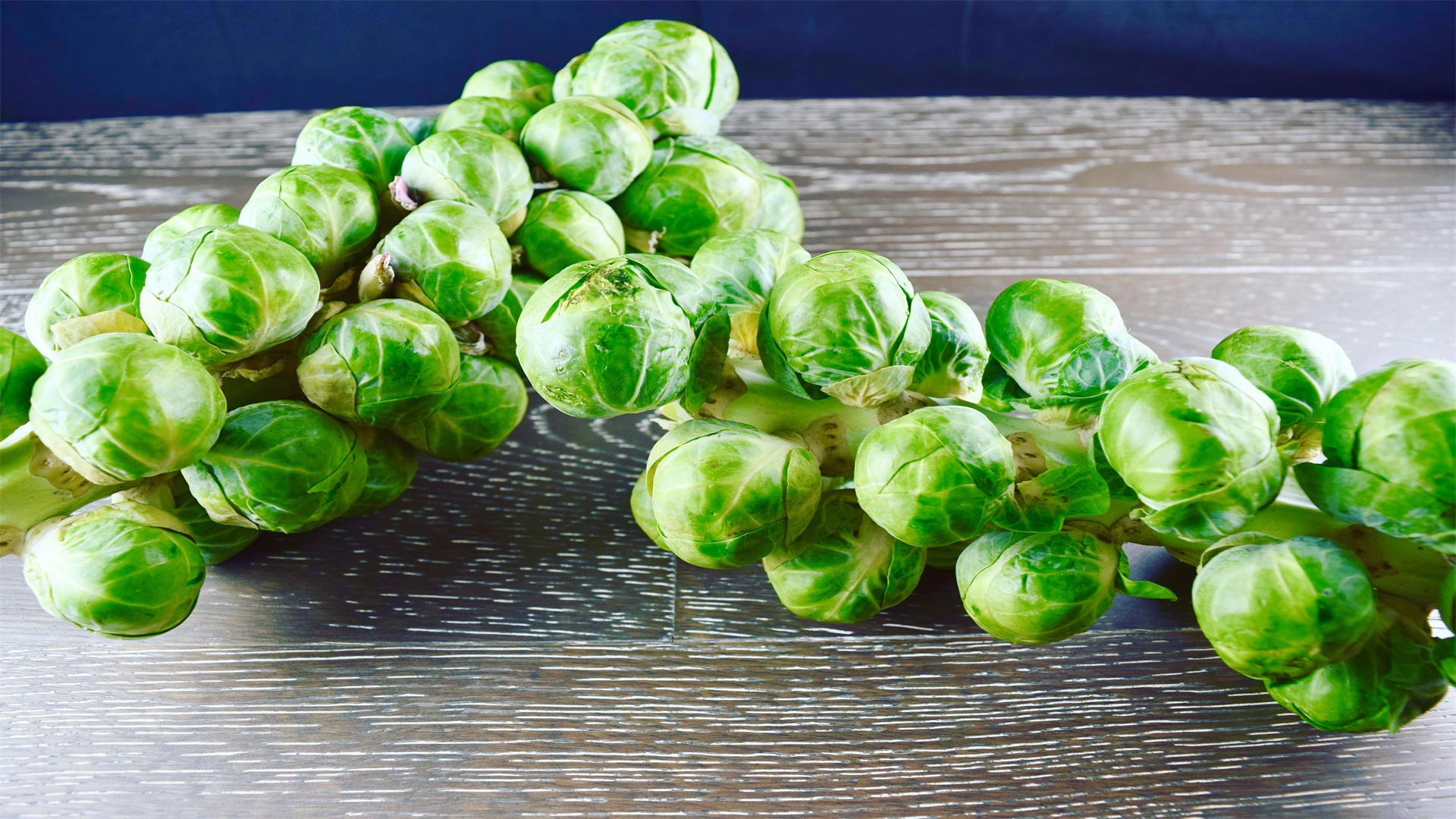
2. Brussels Sprouts — The Frost-Loving Mini Cabbages
Brussels sprouts are among the hardiest vegetables you can grow. In fact, they improve with cold — the frost softens their flavor, transforming bitterness into natural sweetness. These compact “mini cabbages” grow on tall stalks and can withstand even light snow, making them ideal for late fall and winter gardens.
For best results, start seeds in midsummer and transplant seedlings outdoors once they’re strong enough. As the weather cools, the plants mature slowly, producing tight, flavorful sprouts up and down their stems. A single plant can provide dozens of sprouts, offering a steady harvest throughout the season.
They grow best in USDA Zones 2–9, reaching 2–3 feet tall and 1–2 feet wide in full sun and fertile, well-drained soil. Once roasted or sautéed, these little green gems add a cozy, comforting flavor to winter dinners.
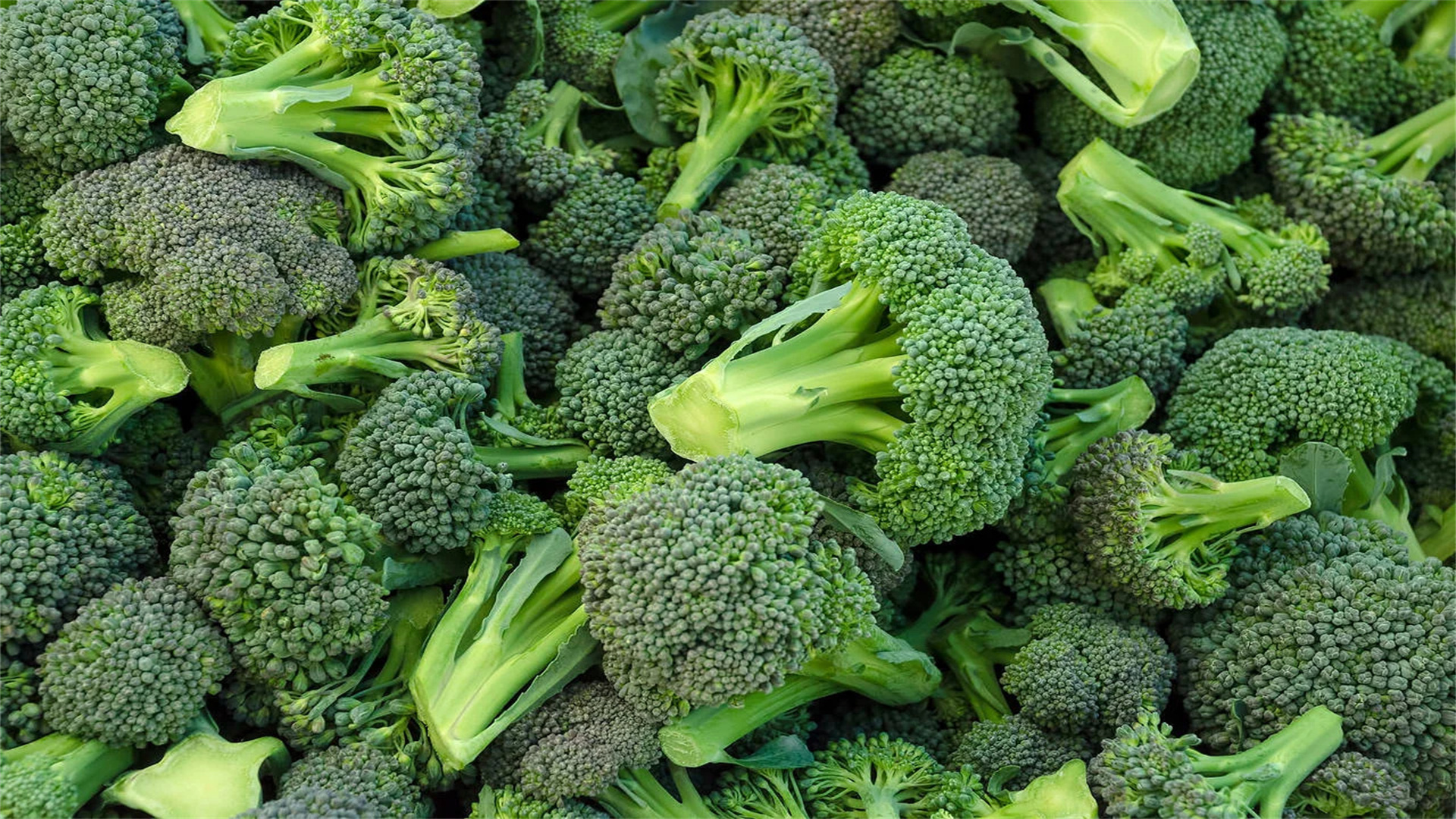
3. Broccoli — A Resilient and Flavor-Boosted Superfood
Broccoli thrives when temperatures drop, making it a perfect choice for late-season planting. It can survive frosts and even light freezes, tolerating temperatures as low as 28°F (-2°C). Cold weather not only toughens the plant against pests but also enhances its taste — the florets become more tender and subtly sweet.
To keep broccoli producing for longer, harvest the main head first, then allow smaller side shoots to form — these will continue to sprout well into winter. Broccoli grows best in USDA Zones 3–10, in full sun and nutrient-rich, well-drained soil. Mature plants can reach up to 30 inches in height, providing a continuous supply of vitamin-packed florets.
Add it to casseroles, stir-fries, soups, or simply steam and drizzle with olive oil for a simple, healthy winter dish.
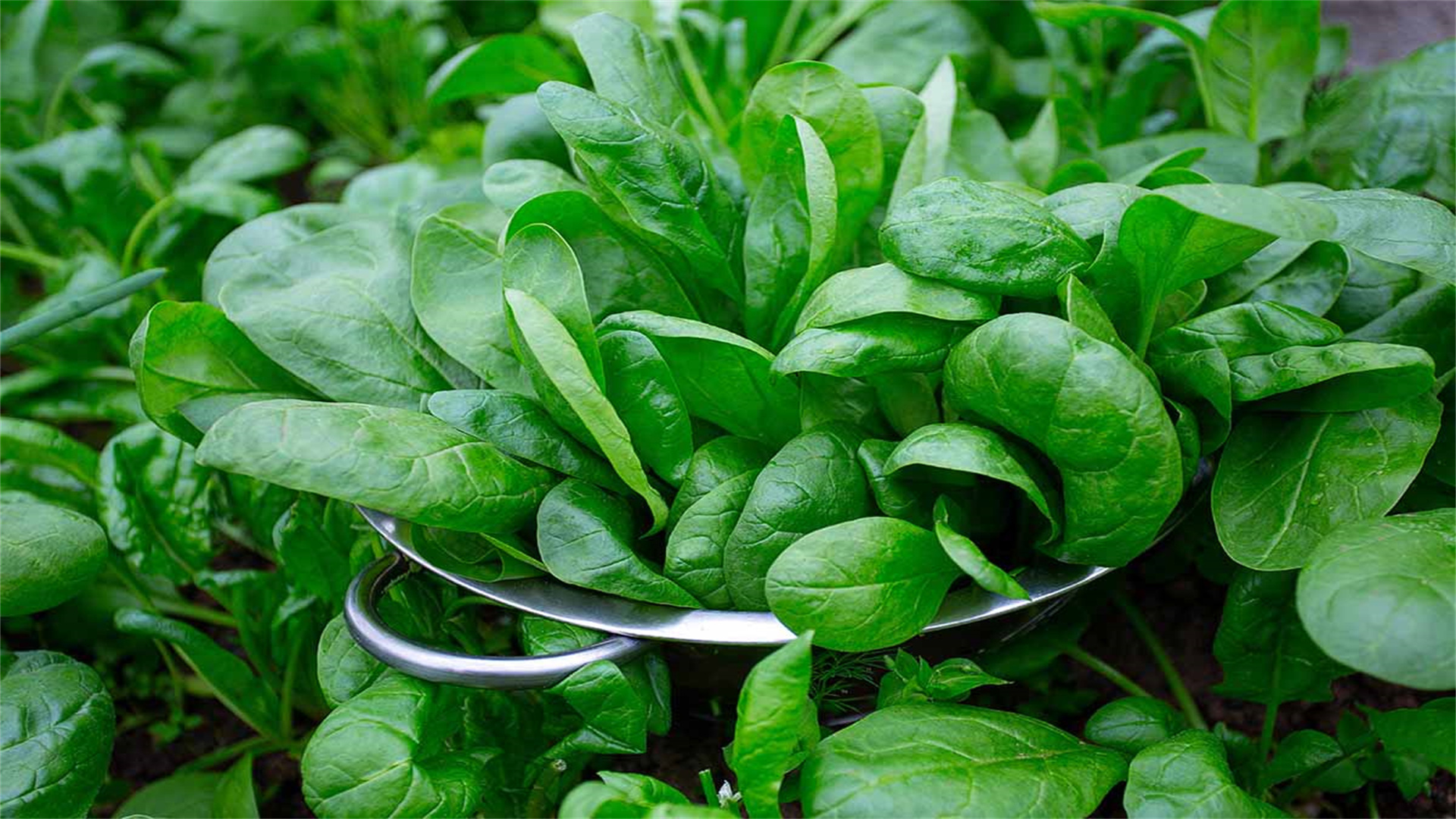
4. Spinach — Tender Greens That Brave the Frost
Few leafy greens handle cold as gracefully as spinach. This hardy vegetable can withstand freezing temperatures down to 28°F (-2°C) and still produce lush, flavorful leaves. In fact, spinach often tastes best after a light frost, developing a subtle sweetness that complements its earthy flavor.
To maximize yield, sow seeds about eight weeks before the first expected frost. In colder climates, cover the plants with row covers or cold frames — these not only protect them from frost but also extend the harvest into late winter. Spinach thrives in USDA Zones 2–9, preferring full to partial sunlight and well-drained soil.
Compact yet productive, spinach grows about 8–12 inches tall and provides continuous picking. Perfect for salads, dips, soups, and sautés, it’s a true winter staple.

5. Mustard Greens — Peppery Flavor Meets Winter Resilience
If you crave something with a bit of a kick, mustard greens are your go-to crop. Their zesty, peppery leaves bring warmth and brightness to winter dishes. Despite their delicate appearance, mustard greens are incredibly resilient, thriving through light frosts and even near-freezing temperatures.
You can start them indoors in early fall and transplant them outdoors once the weather cools. They grow rapidly and can be harvested multiple times as they regrow new leaves after cutting.
In USDA Zones 8–11, mustard greens grow best in full sun with rich, moist, well-drained soil. Mature plants reach up to 20 inches tall and 24 inches wide, providing plenty of greens for salads, stir-fries, and braised dishes. Their quick growth and frost tolerance make them one of the easiest and most rewarding winter vegetables to cultivate.

6. Kale — The Winter Warrior of the Garden
Kale is practically synonymous with cold-hardy greens. This nutrient-dense superfood thrives in chilly weather, and like many other winter crops, its flavor improves after frost. The low temperatures reduce its natural bitterness, giving the leaves a milder, sweeter taste.
Kale comes in many varieties — curly, lacinato (dinosaur), and red Russian — each adding texture and color to your garden and plate. To protect your crop from pests like cabbageworms, cover the plants with lightweight fabric over hoops. This not only shields them from insects but also offers minimal frost protection.
Best suited for USDA Zones 7–10, kale grows 12–24 inches high and wide in full to partial sunlight. With regular harvesting of the outer leaves, kale continues producing all winter long — ideal for soups, smoothies, chips, and hearty grain bowls.
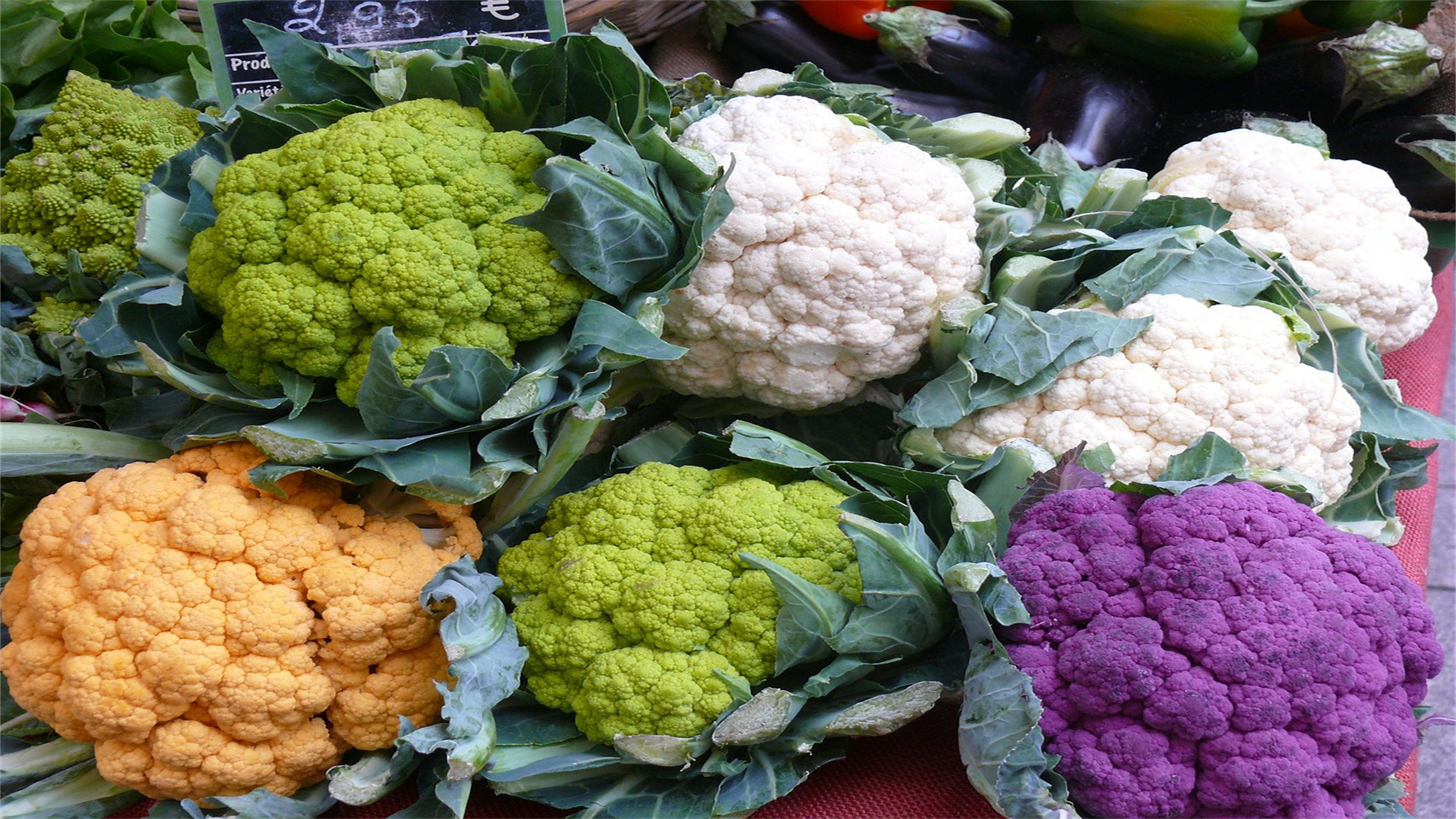
7. Cauliflower — Cool-Weather Elegance
Cauliflower may look delicate, but it’s surprisingly tolerant of cold temperatures when grown correctly. Plant it in late autumn or early winter, ensuring it receives at least six hours of sunlight daily and nutrient-rich soil. The key to perfect cauliflower is protection — once the heads (called curds) begin to form, gently fold the large outer leaves over them to shield against sunburn and frost damage.
Cauliflower thrives in USDA Zones 3–10, growing about 12–30 inches tall and wide. Water at the base rather than overhead to prevent moisture buildup on the curds, and keep an eye out for caterpillars. With care, you’ll be rewarded with firm, creamy-white heads — perfect for soups, gratins, rice substitutes, and roasted vegetable medleys.
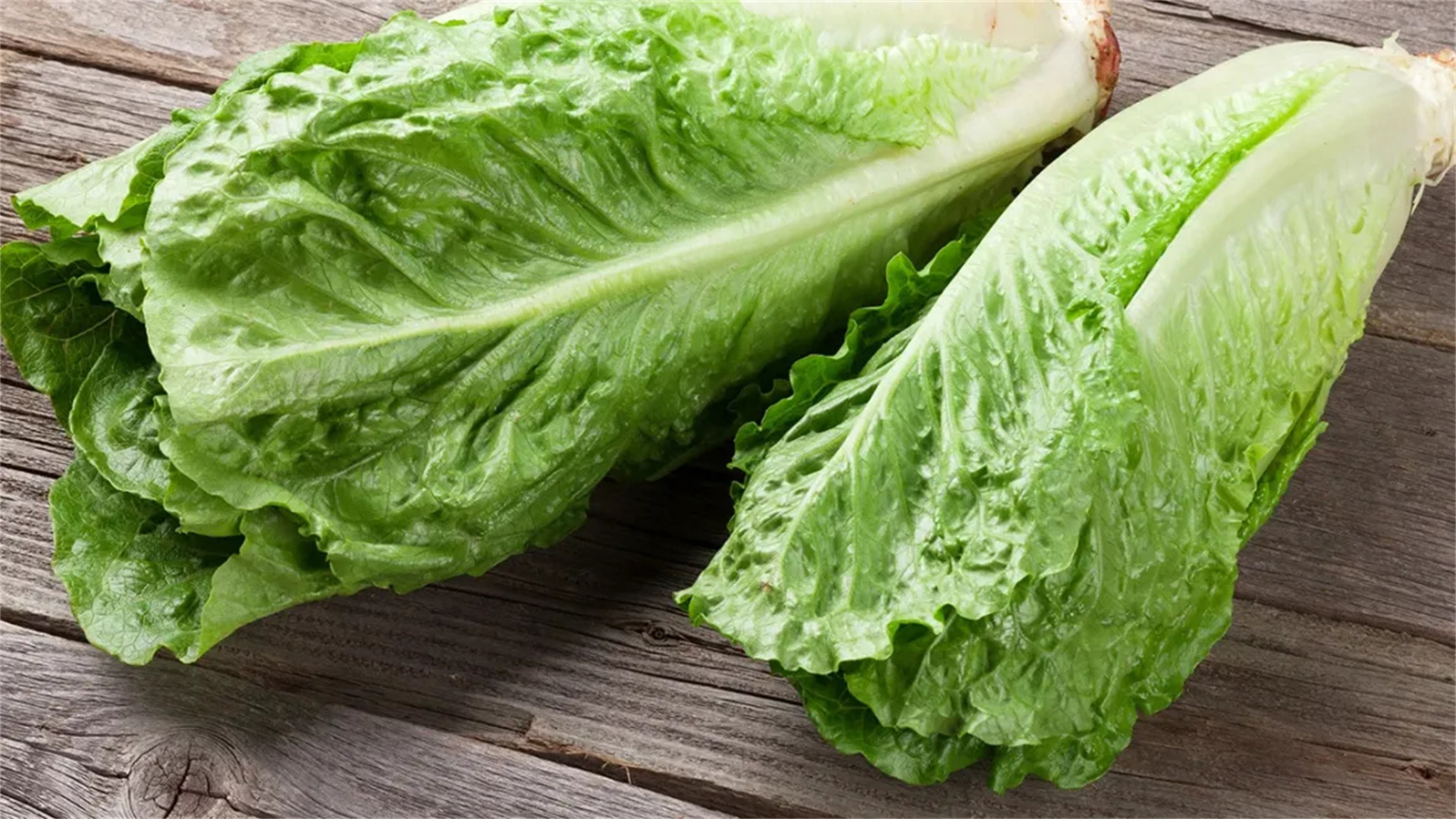
8. Lettuce — Crisp, Fast-Growing, and Perfect for Winter Salads
Lettuce might seem delicate, but it actually prefers cooler conditions and can grow beautifully through fall and early winter. By sowing in late autumn, you’ll enjoy tender, fresh leaves within one to three months. For even seed distribution, mix tiny lettuce seeds with sand before sowing — this ensures a uniform crop and reduces crowding.
Lettuce is highly adaptable, thriving in USDA Zones 2–11 under full to partial sunlight. Compact plants reach about 6 inches tall and 12 inches wide, fitting easily into raised beds, containers, or window boxes.
Choose from butterhead, romaine, or loose-leaf varieties to add color and crunch to your winter salads. Harvest the outer leaves regularly for continuous growth and a steady supply of fresh greens all season long.
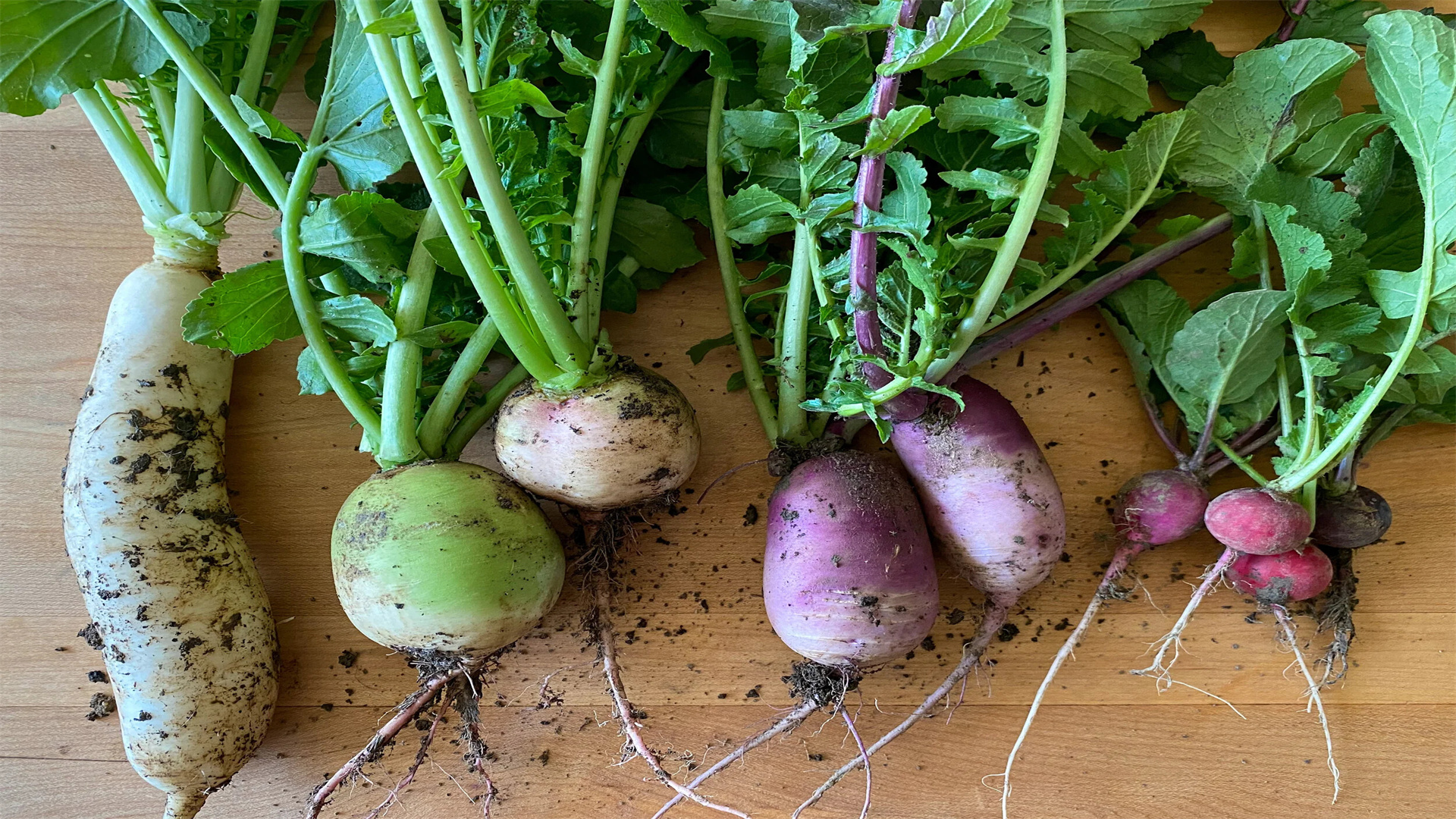
9. Radishes — Quick-Growing and Cold-Tolerant Roots
Radishes are among the fastest-growing and easiest vegetables to cultivate, making them perfect for impatient gardeners. They thrive in cool weather and can be planted in late summer for a fall or winter harvest. Some varieties mature in as little as three to four weeks.
Radishes prefer full sun and loose, fertile, well-drained soil. Avoid overwatering, as excessive moisture can cause the roots to crack or rot. Their crisp, peppery bite adds zest to salads, sandwiches, and roasted dishes, while their leafy tops can also be eaten sautéed or in soups.
Whether red, white, or daikon varieties, radishes are dependable performers that bring color and freshness to your winter meals.
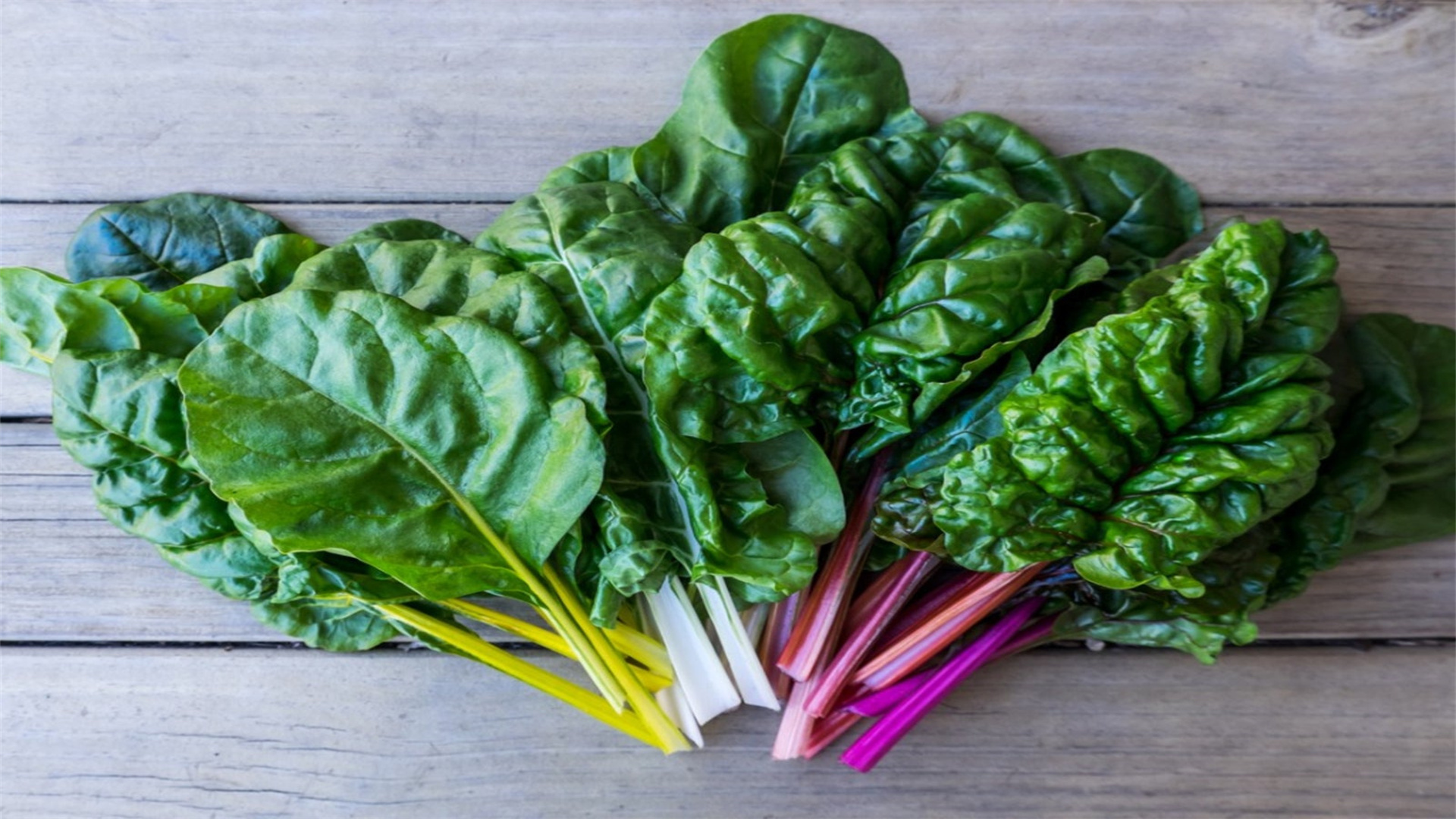
10. Swiss Chard — Vibrant, Nutrient-Dense, and Nearly Indestructible
Swiss chard is a showstopper in both the garden and the kitchen. With its vivid stems in shades of red, yellow, and pink, it adds a burst of color to winter beds while providing a steady supply of nutritious leaves. Amazingly, Swiss chard can survive temperatures as low as 15°F (-9°C) without protection, making it one of the toughest leafy greens around.
It flourishes in full sun but tolerates partial shade, growing best in fertile, well-drained soil with regular watering. In USDA Zones 3–10, chard grows up to 24 inches tall, offering abundant harvests of tender leaves throughout the season.
Rich in vitamins A, C, and K, as well as minerals like magnesium and potassium, Swiss chard is as healthy as it is beautiful. Use it in soups, sautés, omelets, or as a colorful garnish to elevate your winter dishes.
Conclusion: Keep Your Garden Alive All Winter
Cold weather doesn’t have to mean the end of your gardening season. By choosing the right cold-hardy vegetables — like kale, carrots, spinach, and Swiss chard — you can enjoy homegrown produce long after most gardens have gone dormant.
With simple protections like mulch, row covers, or cold frames, your garden can stay productive well into winter. Not only will you enjoy the freshest, sweetest vegetables of the year, but you’ll also experience the deep satisfaction of harvesting food when most others rely on the grocery store.
So this season, don’t put your gardening tools away — instead, embrace the chill, plant these winter warriors, and savor the joy of fresh green vegetables all winter long.


